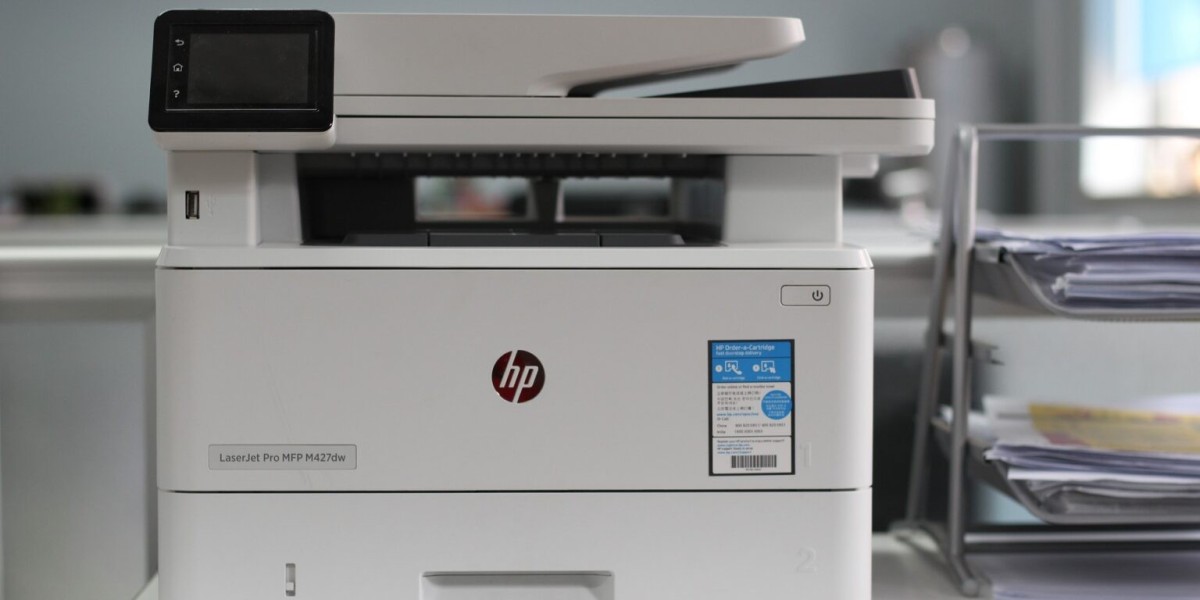When your wound heals, tissue grows over it, protecting and replacing the damaged skin. When this fibrous tissue settles in, you may notice a scar. More of affecting your physical appearance, scars are nature's way of reminding you of past injuries.
Though some people may not mind seeing these marks of their history, others may want to erase this evidence forever; that's when scar revision surgery comes into play. The ideal goal of scar-revision surgery is to improve or minimize the scar's appearance. In this blog, we will delve deeper into the same topic after discussing it with Dr. Sandhya Balasubramanyan, the best plastic surgeon in Bangalore. So, let's get started!
Scar Revision Surgery And Its Types
A scar revision surgery can restore some function to the area where scar tissue has grown up and inhibited your usual range of motion.
Types Of Scars
- Pigmented scars
- Hypopigmented scars
- Depressed scars- postsurgical or burns
- Scars causing contracture or deformity
- Keloid or hypertrophic scars (where the scars become thick)
- Acne scars
Who Are All Good Candidates For Scar Revision Surgery?
You are a good candidate for scar revision surgery if you:
- Do not smoke
- Are in good overall health
- Have no active skin conditions, especially in the affected area
- Having realistic expectations from the scar revision surgery
Types of Treatment For Scar Revision Surgery
- Dermabrasion is a technique in which the damaged skin's upper layers are removed, and the skin is softened to give it an almost similar appearance and feel to the nearby skin.
- Z-Plasty- Z- platsy is a procedure used to treat deep scars (burn scars, or scars covering a vast part of the skin). This surgery works by making a series of incisions on both sides of the scar, forming V-shaped skin flaps, and reorienting the scar to improve functionality and give a more pleasing appearance.
- Skin Grafting And Skin Flap Surgery- Skin grafting and skin flap surgery usually work by removing the healthy skin from the damaged area and replacing it with new skin.
- Tissue Expansion- This technique involves placing a silicone-filled balloon with saline water beneath the skin and stretching it over time to expand the skin adjacent to the scar, which is further rotated to the scarred site.
- Fat Grafts For Acne And Depressed Scars- Micro-or nano-fat particles are injected into this method.
- Epidermal Micrograft Transplant- Epidermal micrograft transplant or melanocyte transfer for hypopigmented scars and the scars that occur after a suicidal cut.
Recovering From Scar Revision Surgery
The recovery process can vary depending on the surgery your surgeon performs on you. However, your doctor may guide you to be at ease for a few days or weeks to avoid getting stressed or putting strain on the wound, as it can trouble the healing process.
You may also have some swelling or bruising around the site for 1 to 2 weeks after the surgery.
Conclusion
Scars can vary in size, shape, and thickness; some can be hard to notice, while others may be big enough to make you hate them on your skin. If you plan to have plastic surgery for scar revision, you can consult Dr. Sandhya Balasubramanyan.
She is renowned as the best plastic surgeon in Hyderabad and Bangalore, with 19+ years of experience and having run thousands of successful treatments. To book your appointment, you can consult her today!







